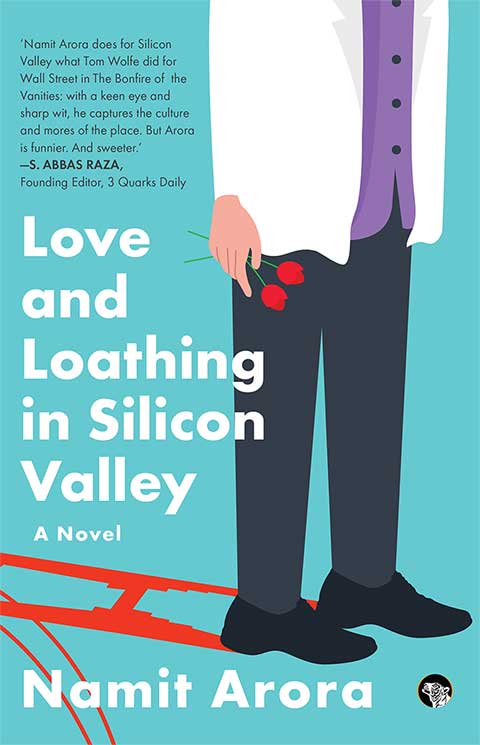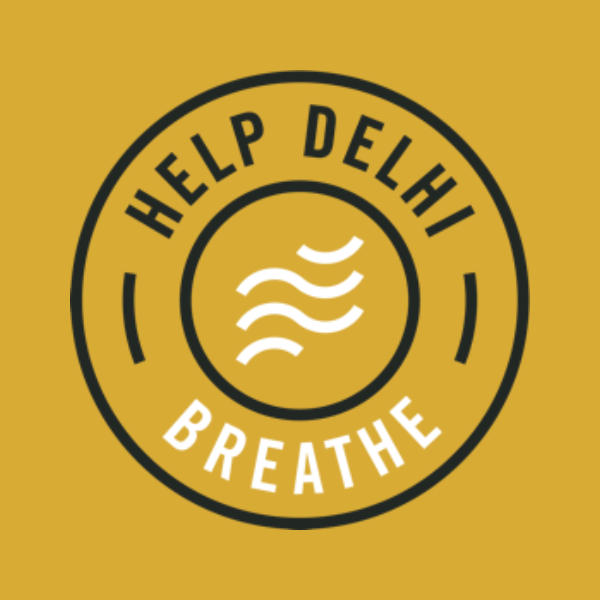| Index of articles from the Blog |
| Animals |
| Anthropology & Archaeology |
| Art & Cinema |
| Biography |
| Books & Authors |
| Culture |
| Economics |
| Environment |
| Fiction & Poetry |
| History |
| Humor |
| Justice |
| Philosophy |
| Photography |
| Politics |
| Religion |
| Science |
| Travel |
Books by
Books by
|
The Road to Fixing Air Pollution in Delhi, Beyond Odd-even
By Namit Arora | Feb 2016 | Comments
(This is a slightly updated version of a piece that first appeared in The Wire.)
Though some fare worse than others, none are immune: rich or poor, young or old. A high burden of disease erodes quality of life, family finances, and the economy. What will be the cost of this health crisis, in human lives, in healthcare, in lost productivity? It’s a good thing the Aam Aadmi Party (AAP) government plans to build a thousand Mohalla clinics, because what’s unfolding is far bigger than last year's dengue scare in Delhi. Though experts have long known these health effects of air pollution, years of apathy, ignorance, and denial—among both citizens and politicians—have led us here. So how serious are the AAP and Bharatiya Janata Party (BJP) governments about fixing this menace? Odd-even Was a Success But ... The AAP government, under pressure from the courts, announced several anti-pollution measures last December. Among these was the bold odd-even experiment, an emergency measure designed to temporarily reduce pollution. Going just by the 30 percent drop in fuel sales, there’s no doubt that the measure cut pollution. But its larger success lay in creating awareness of the problem, because awareness is a precursor for change. Odd-even also reduced congestion and commute times, and pushed many to discover car pooling and public transport. Compliance was high, proving that Delhiites can rise to the occasion in a show of civic sense that many thought impossible. Many who were skeptical are now praising the scheme. Some even want it back. The AAP government wants to bring back odd-even this summer, when pollution levels are well below half that in winter. They are even consulting the people of Delhi on when, and for how long, to implement it. But this approach makes little sense for a decision that elsewhere in the world is rightly guided by pollution levels, not opinion polls. Odd-even is an emergency measure; it should be deployed only on the worst days of pollution as part of a larger emergency response that also shuts schools, certain industries, etc. If the AAP’s primary intention here is to further raise public awareness of pollution, they should instead mobilize the sluggish bureaucracy they have inherited to work on other measures this summer—measures that will involve the public as well as bring about a lasting reduction in the sources of pollution. Our Major Sources of Pollution Understanding the sources of our pollution is an essential first step for evidence-based action. However, a precise apportioning of pollution from each source remains an intractable challenge. That’s because pollution in Delhi, more than in first-world cities, depends on a highly diverse and shifting set of factors both in and outside Delhi. These include varied fuel types used by vehicles, businesses, and households; burning of crop residue and other biomass; waste burning; dust from exposed soil surfaces; construction practices; industries and power plants; traffic congestion; power outages and diesel generator sets (gensets); weather and season; the socioeconomics of a neighborhood; and more. Several scientific studies do exist to describe how much of our pollution comes from which source, but they arrive at different results owing to different assumptions, methodologies, and ideologies. No single study can be said to get it all "right", including the much talked about recent study by IIT Kanpur (which remains mysteriously hidden; why isn’t it public yet?). The researcher must rely upon surveys to estimate how much of the diesel emissions in our air come from vehicles vs. gensets vs. mobile towers; how much of the biomass emissions come from cooking vs. waste burning vs. crop residue; how much of coal emissions come from brick kilns vs. industries vs. power plants; and so on. The truth is that source apportionment studies use the language of physical science but, given their hydra-headed object of study, inevitably differ in their findings. Interested parties then gravitate towards and promote the studies that confirm their biases and preconceptions. Instead of obsessing over precision of source apportionment in a single study, which is a mirage, it’s more useful to consider all studies together in determining the top sources of pollution. Doing so reveals the following as the top three (especially when factoring in what people actually breathe, as opposed to the ambient pollution measured by air monitors): (1) Vehicular emissions, with a focus on diesel; (2) Burning of coal, wood, kerosene, waste, crop residue, and other biomass; (3) Dust from roads, exposed soil, and construction sites. What Should Our Governments Do?
Below are the top seven areas in which our state and central governments must act collaboratively, with both local and regional initiatives. These initiatives will not only reduce pollution but will also go a long way in turning Delhi into the "world class city" that the AAP promised.
Making It Happen What, then, are the obstacles to progress? Delhi has more financial resources than other metros and lots of expertise in its elite institutions. But Delhi, too, if perhaps less than its neighbors, displays the Indian State’s notoriously weak ability to implement policies and services on the ground. The best laid plans often fizzle out due to a culture that mixes apathy, absenteeism, corruption, and incompetence—a wider cultural problem. What makes matters worse in Delhi are the incessant tide of migrants, misaligned institutional structures (unwisely split between the Center and the quasi-state of Delhi), and the BJP’s ongoing vendetta against the AAP. Citizens certainly need to do their part to help reduce air pollution through their daily actions. Our lack of civic sense and responsibility is legendary, and it needs to be raised via concerted public service messages and school education, as well as well-designed incentives and penalties. But that won’t be enough. What will it take to get our state and central governments to also tackle the big ticket items like emission standards, public transport, waste management, biomass burning, and dust reduction? As with the switch to CNG 15 years ago, much of the recent activism on air pollution has emerged from our courts. Behind this lies the sad reality of disempowered pollution control boards, unmotivated bureaucracies, and politicians unwilling to prioritize measures unless they seem electorally important. But while Public Interest Litigation may be a useful tactic, it’s neither enough, nor a sustainable strategy. In a democracy, there’s no substitute for a critical mass of informed citizens. Clean air will not become the government’s priority unless citizens make it their priority. Citizen and media pressure is central to this change. We need to mobilize and have our voices heard through various citizen-led initiatives, such as "Help Delhi Breathe". Let’s rise, agitate, and reclaim our right to clean air. __________________ Namit Arora is a member of the Dialogue and Development Commission (DDC), an advisory body to the Government of NCT of Delhi. Most recently, he led the drafting of Delhi’s Solar Energy Policy and is now working on the problem of air pollution. |
Designed in collaboration with Vitalect, Inc. All rights reserved. |
|









